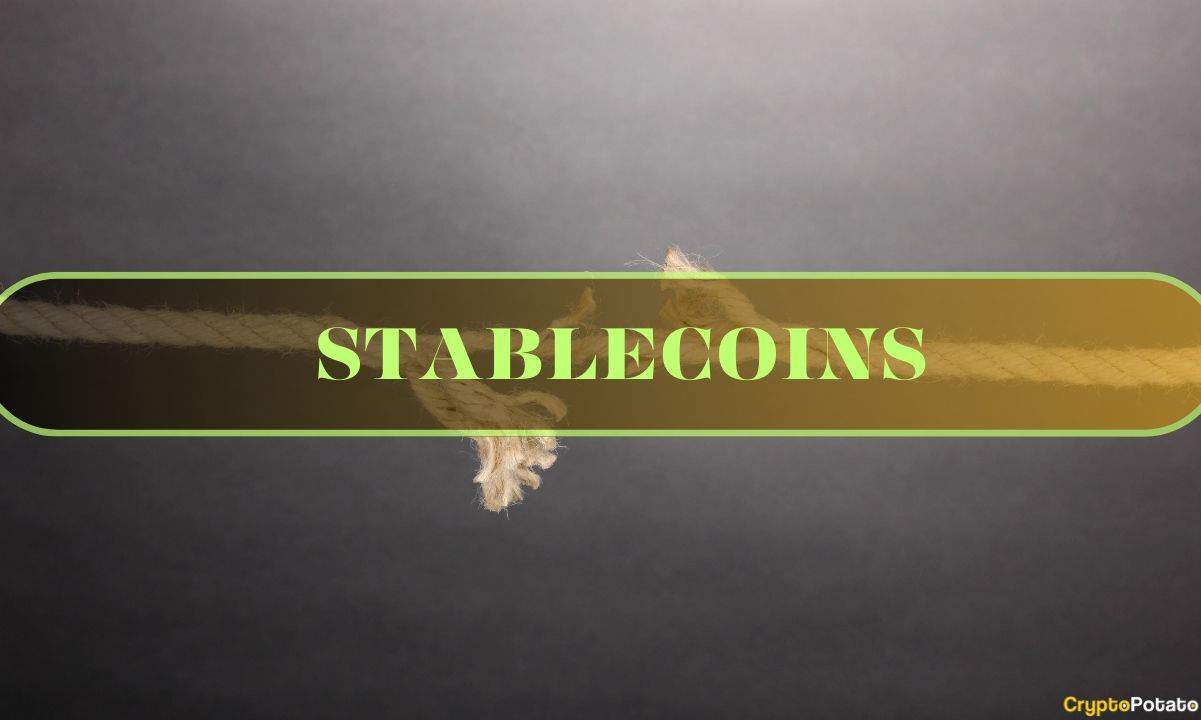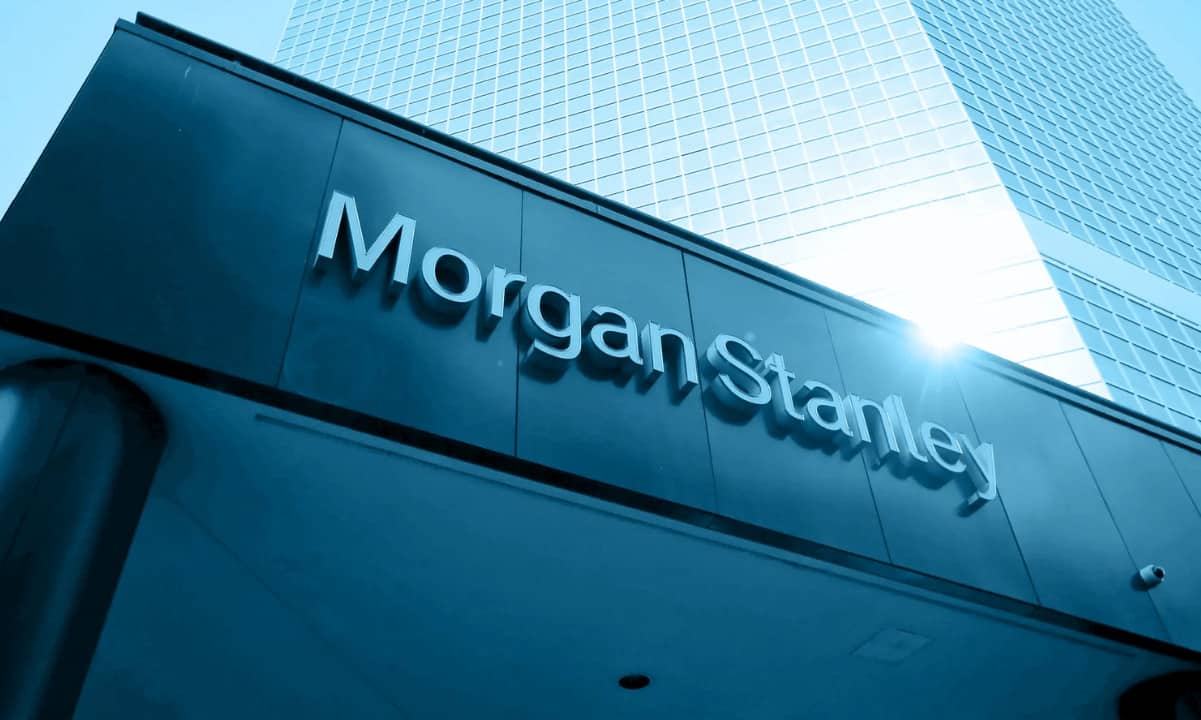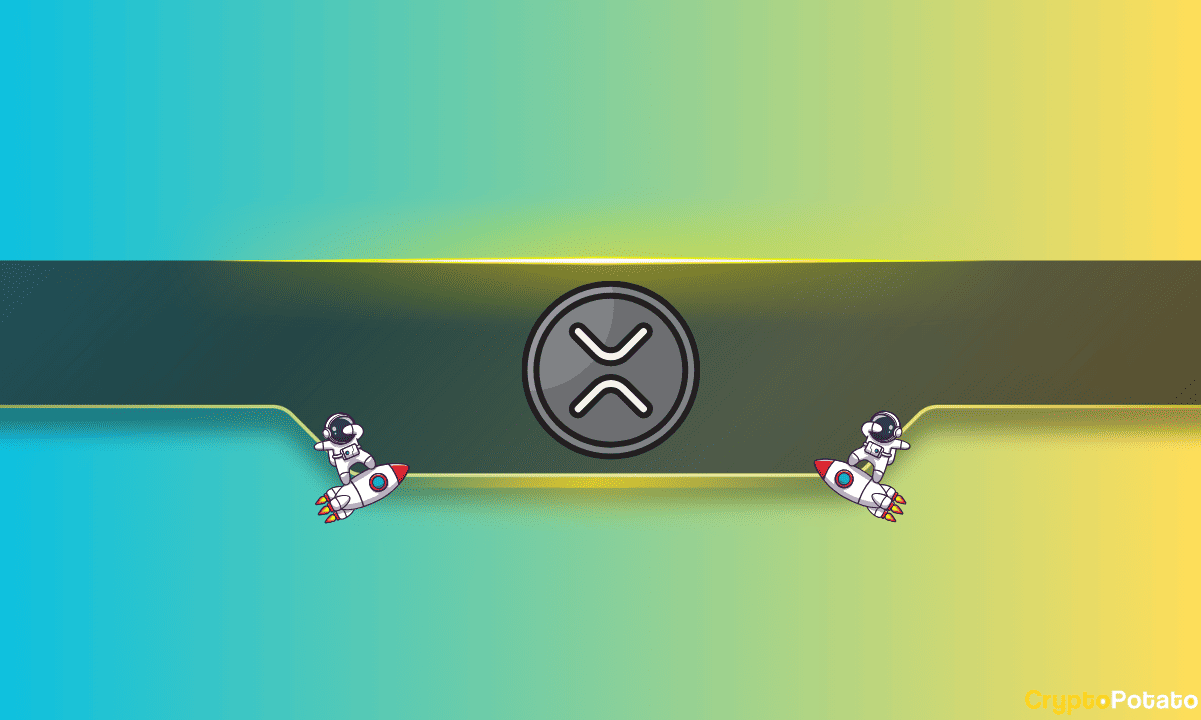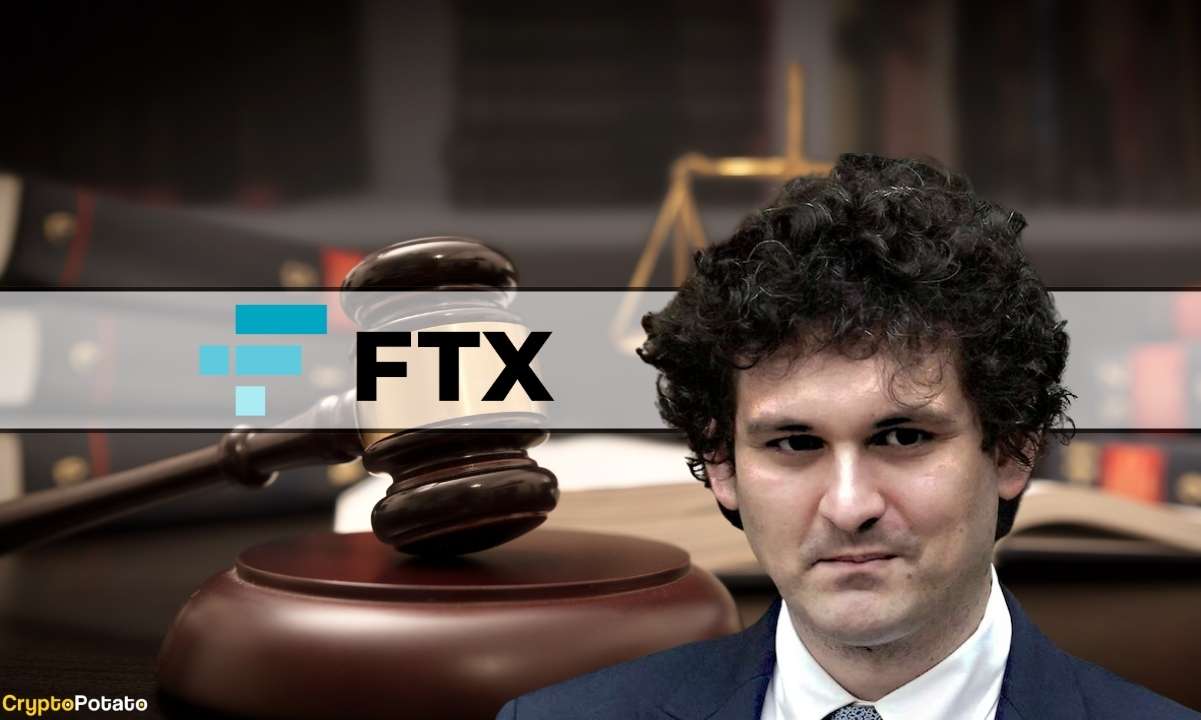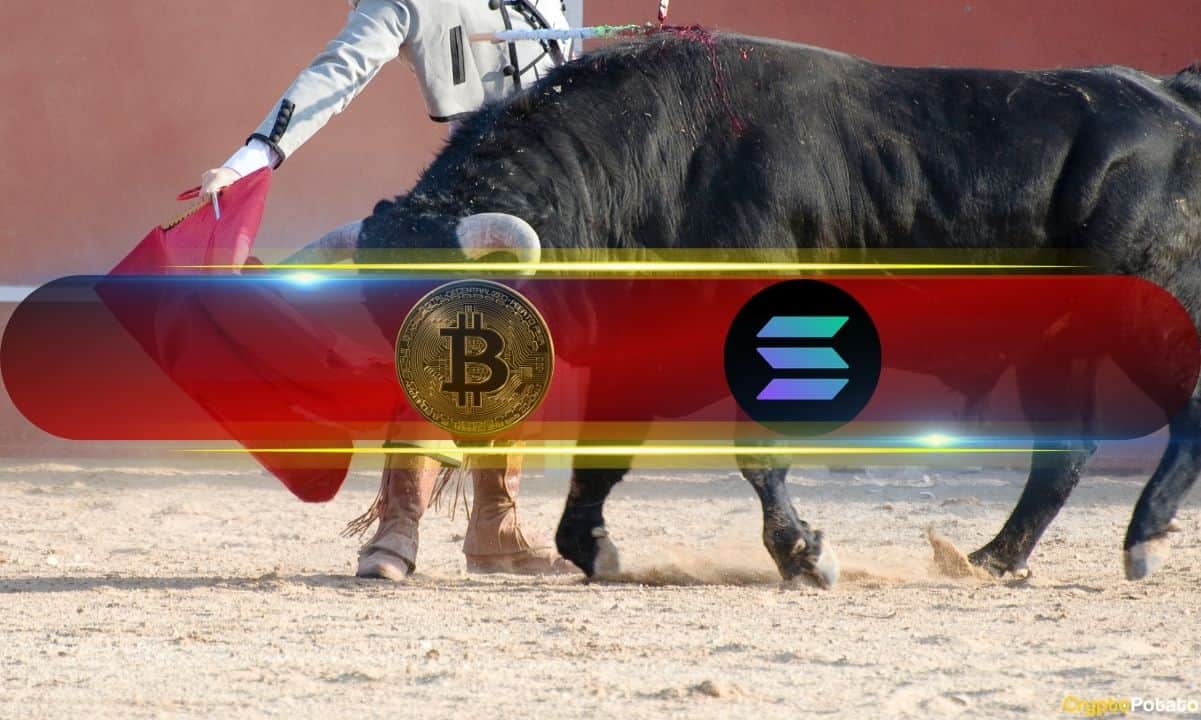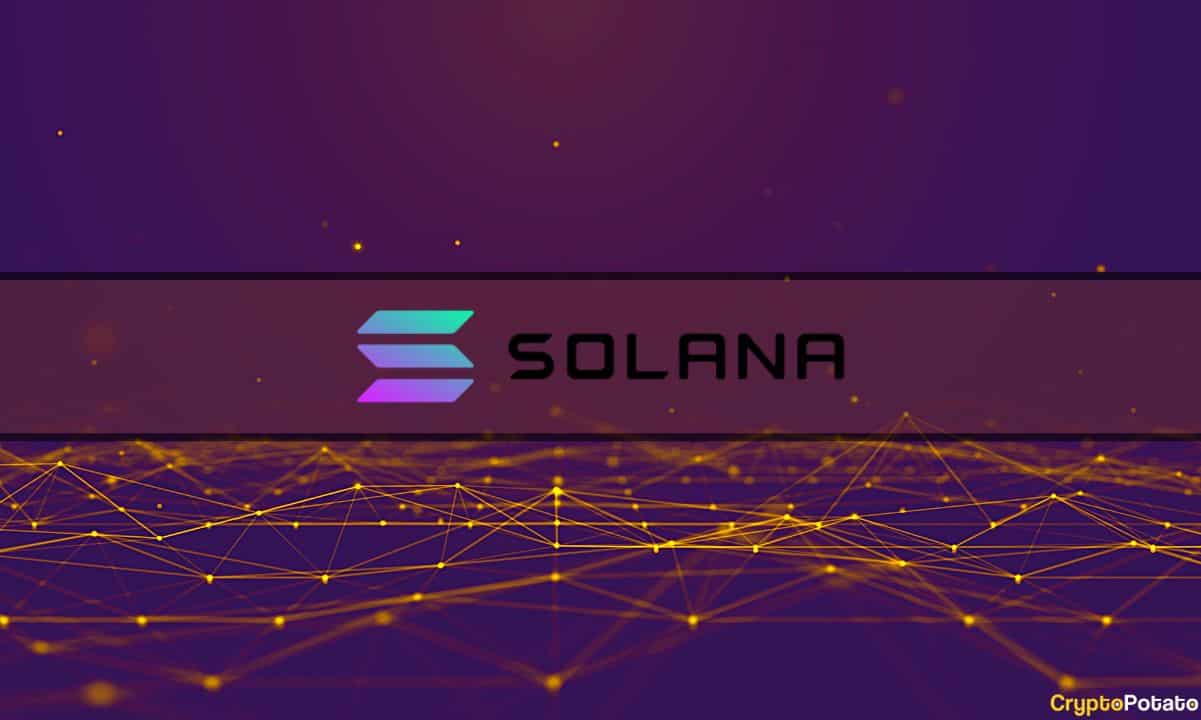How Decentralized Ratings Can Avoid a Future DeFi Crash
With DeFi’s recent brush with death, investors require an impartial and decentralized rating system to support the most desirable investment decisions and avoid future losses. Here’s why.
Decentralized finance (DeFi), an ecosystem for lending and borrowing, continues to defy the odds. Despite a significant crash thanks, in part, to unaudited and scam-like clone projects, the sector is bouncing back and seemingly stronger than ever. But while the niche crypto division could be on track to greater things, investors are at more risk than ever.
To protect themselves, investors need a reliable source of information. UK based pioneers Evai.io believe that a fit for purpose, unbiased, and decentralized rating system holds the key for investors to understand what they’re placing their money behind—and whether, or not, it’s worth it.
The Dangers of DeFi
For DeFi, decentralization presents a tradeoff. No central control facilitates the freedoms of an autonomous ecosystem—one that has the potential to change finance as we know it, allowing anyone to create and participate. Conversely, it also means bad actors can run rampant. The DeFi sector has experienced its fair share of both.
The division has remained fastened on a veritable rollercoaster of volatility this year—most of which to the upside. It’s unprecedented growth saw the sector add an eye-watering $9 billion to its total value, trough to peak, between January and September, before promptly losing around $3 billion of that value in a little over a week, earlier this month. For many, the brutal crash, alongside its various impetuses, signaled a death knell for the sector.
Speculators mostly waived the need for a thorough post-mortem; the cause of the crash was fairly self-evident.
The DeFi bubble was inflated chiefly thanks to a tokenomic mechanism known as liquidity mining—a tool used by DeFI lending and borrowing protocols to lure in liquidity by rewarding users with so-called “governance tokens.” Investors looking to generate the most yield were drawn to these protocols due to these dividends. In turn, the governance tokens, bolstered by the clamor of investors and reinforced the sector’s relative illiquidity, have grown to significant heights—taking DeFi’s overall value with them.
It all started with Compound, a lending protocol. In June, Compound decided to lean on incentivization to drive liquidity to its platform. The move cemented the protocol as a leader in DeFi and catapulted its governance token, COMP, from approximately $68 to a peak of $346, within days.
The move didn’t go overlooked, and soon an entire clone army had emerged with one mission in mind: to mimic the success of Compound. Chief among them was Yearn.Finance, a yield aggregator, and its governance token, YFI.
YFI rose from a price of around $35 July to its zenith of $42,000—surpassing the price of bitcoin nearly fourfold in September, despite its creators explaining that the token as having zero financial value.
YFI (https://t.co/r1AOzJjwRo) was created by @AndreCronjeTech as a governance token to have “zero value.” His Twitter bio says “I test in prod.” The market cap is now over a billion dollars with each token trading at ~$36k each. This all started in mid July.
Can anyone explain?
— luke@stokes (@lukestokes) September 13, 2020
Soon, YFI was cloned by a myriad of other protocols, each with its own governance token. These included Yam, Hotdog, Sushi, and Pizza, to name a few. Despite their namesakes, however, these tokens turned out to be anything but savory.
Out of thin air, the doppelgangers attracted millions of dollars in valuation, only for it to vanish as suddenly as it arrived. Yam, for example, grew to a market cap of $60 million in two days following its launch in August, before tumbling down after its founders discovered a fatal flaw. In September, Hotdog followed a similar trajectory soaring to over $4,000 the day it shipped, only to crash to $1 just 5 minutes later.
$4000 to $1 in 5 minutes.
ok can you guys stop trading pic.twitter.com/cZRTBfyJj3
— lowstrife (@lowstrife) September 2, 2020
Sushi similarly collapsed after its pseudonymous founder, known only as “chef Nomi,” cashed out for $14 million, dragging the entire project down as they did.
This culmination of flash crashes proved too much, and the entire DeFi sector experienced a significant correction. The worst of the bloodletting occurred last week, with DeFi tokens losing nearly half of their value across the board.
Rough week in DeFi land with 6 assets dipping more than 50% + over the last 7 days
Where are we going next? pic.twitter.com/3vJiqb4xhr
— Messari (@MessariCrypto) September 8, 2020
Nevertheless, the entire sector soon stabilized, bouncing back from its first major dip and defying detractors. How? Because despite a few bad apples (and clones), the DeFi sector— at its core—isn’t rotten.
In reality, It would be extremely disingenuous to write DeFi off as a scam. The sector holds incredible potential for wealth creation and could conceivably serve as a genuine alternative to traditional centralized finance—but not without some help along the way.
EVAI Ratings: Knowledge Is Power
Many attribute DeFi’s rise to the ICO boom in 2017. The two sectors allowed unscrupulous creators to capitalize on scams, pump and dumps, and poorly executed smart contracts without any regard for investor safety.
However, much like the ICO bubble, DeFi will undoubtedly yield winners and losers. There are, after all, many legitimate and audited protocols that hold some intrinsic worth and utility. The idea of a decentralized lending and borrowing ecosystem akin to the traditional financial industry, only with the potential for better returns, low fees, and transparency, is a brilliant one.
But for uninformed investors, this juxtaposition between legitimate and illegitimate projects means DeFi—and indeed, the wider crypto ecosystem acts as a potentially fatal minefield. Back the wrong project and the financial repercussions could be severe.
As such, the need for an impartial measure of the inherent value of DeFi tokens has never been more vital.
Evai, a blockchain-based decentralized rating system, aims to instill such a system. By leaning on decentralization, community participation, and academic research, Evai is creating an unbiased rating system to evaluate cryptocurrencies and help investors better navigate crypto markets. The founders also have ambitious plans to apply their ratings system to the DeFI sector as part of their 2021 development roadmap.
Underpinned by the breakthrough research of Professor Andros Gregoriou, Evai’s rating system “The Bridge” factors several determinants to select ratings. These include liquidity, to measure the fungibility of an asset; systematic risk, measuring the threat emanating from the collapse of a market; profitability, the potential payoff of an investment; momentum, the rate of change of an assets price; and peak to end value demand, the last value and the peak of an asset’s price over a specific period; all of which fuse to define the optimum exposure.
Moving away from centralized, sponsored ratings, which inevitably render bias, and factoring assessment on a predetermined strategic procedure allows Evai to produce some of the most impartial ratings on the market. Putting this system to work in the DeFi sector is critical to enable peace of mind for investors and ultimately steer DeFi toward legitimacy.
* Disclaimer: This is a contributed article and should not be taken as investment advice.
The post How Decentralized Ratings Can Avoid a Future DeFi Crash appeared first on CryptoPotato.

